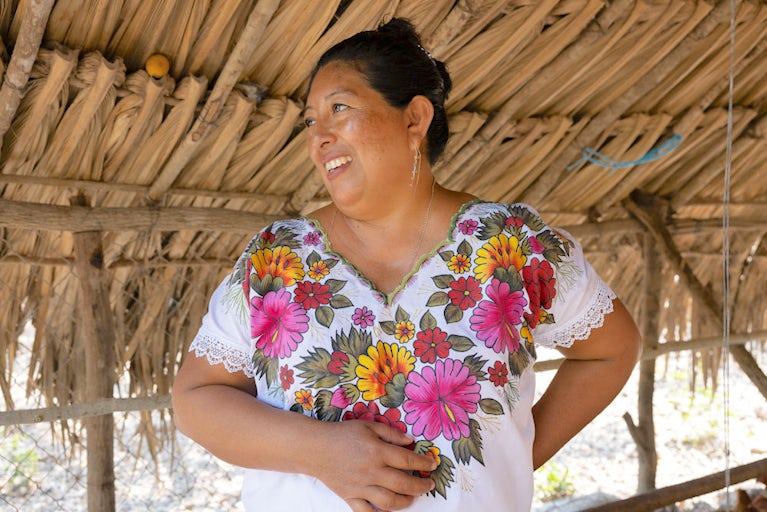
“I Can Move Forward”: A Mother Finds Purpose in Raising Hens
By Heifer International | February 27, 2024
If you ask the average American to tell you about Nepal, you’re likely to get answers limited to the Himalayas and the yeti. If you’re really lucky, someone might mention that the country’s flag is the only one in the world that’s not a rectangle.
But there’s certainly more to Nepal than mountains and mythical monsters, including 10 UNESCO World Heritage sites and 10 national parks. While we’re at it, here are 10 more things to know about Nepal.
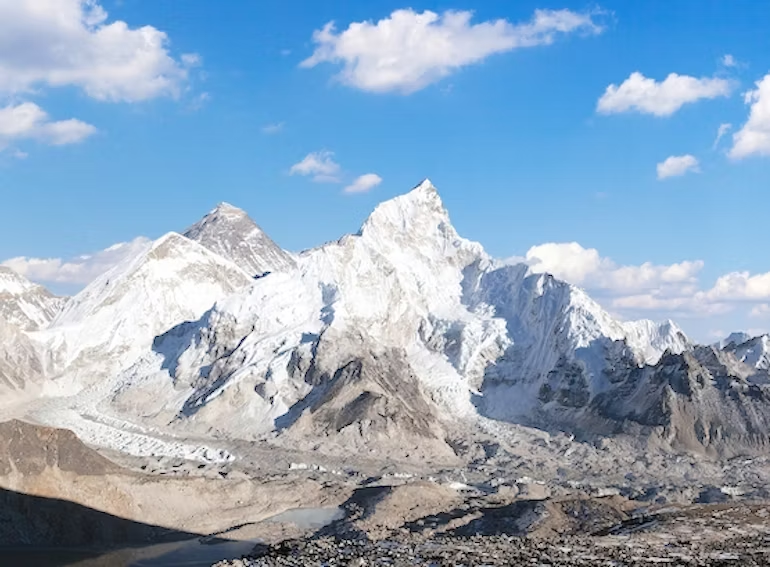
Eight of the world’s 14 highest peaks — yes, including the very tallest, Mt. Everest — are located in Nepal. Although about 75 percent of the country is mountainous, you can also find temperate forests and flatland plains ecosystems.
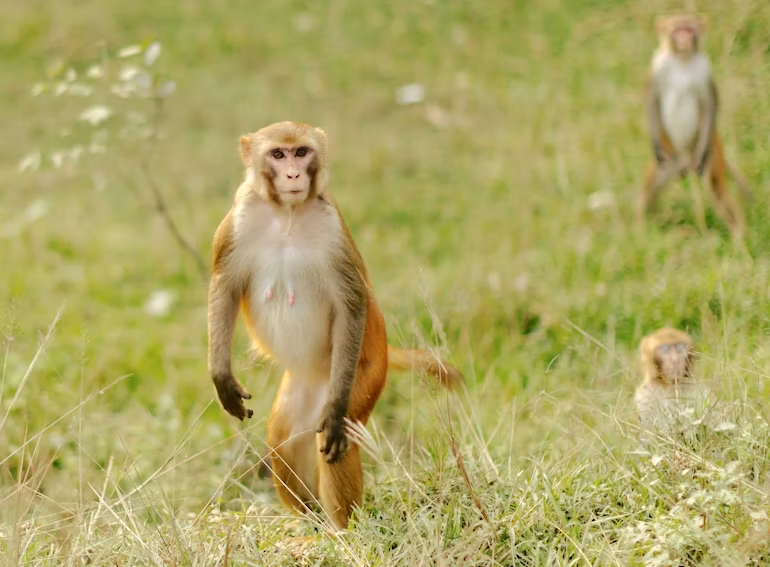
Notable fauna in Nepal include Bengal tigers, one-horned rhinos, clouded leopards, red pandas, wild yaks, several species of monkeys and Himalayan wolves.
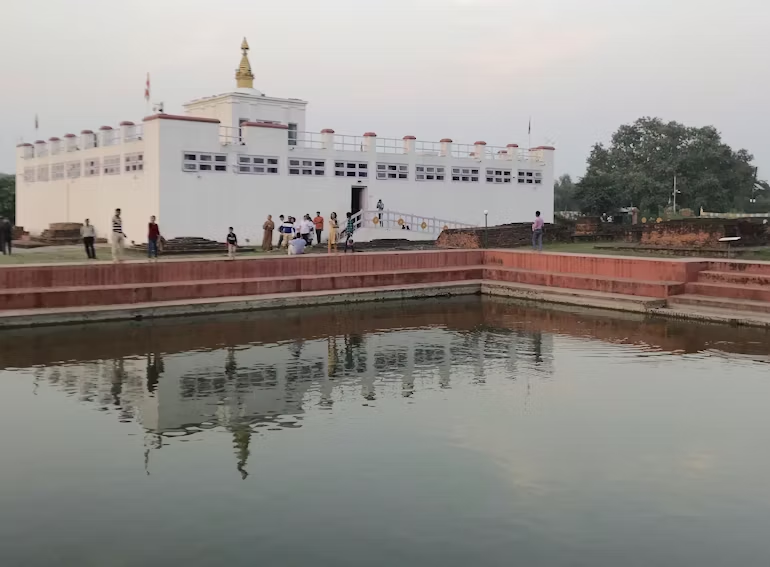
Siddhartha Gautama, more famously known as Buddha, was born in Lumbini, Nepal, between 623 and 480 B.C.
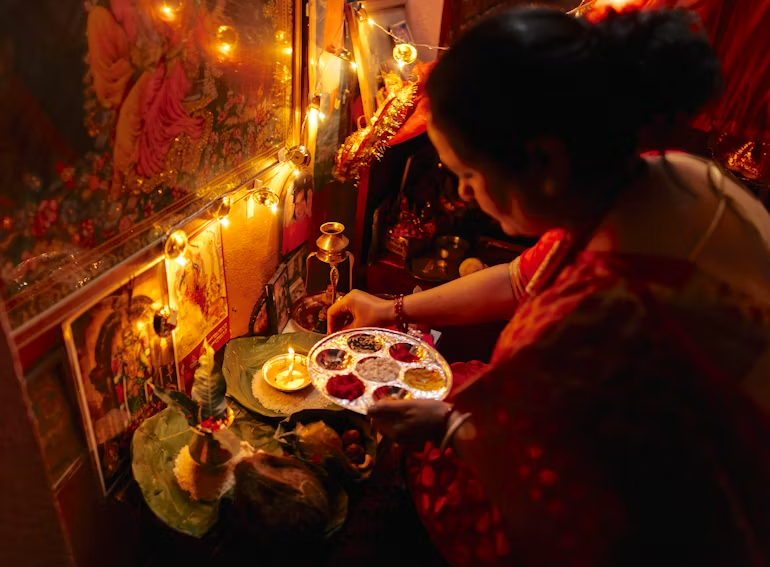
More than 80 percent of Nepalese identify with Hinduism, making it the country with the highest percentage of Hindus.

The largest temple in Nepal is Pashupatinath, which is dedicated to Hindu god Shiva. Located in Kathmandu and abundant with monkeys, Pashupatinath comprises 518 buildings and structures. The age of the temple is undetermined, but some say it goes back to 400 B.C. Open-air cremation ceremonies occur at Pashupatinath regularly, and the remains of the bodies are sent along the holy Bagmati River that runs through the compound.
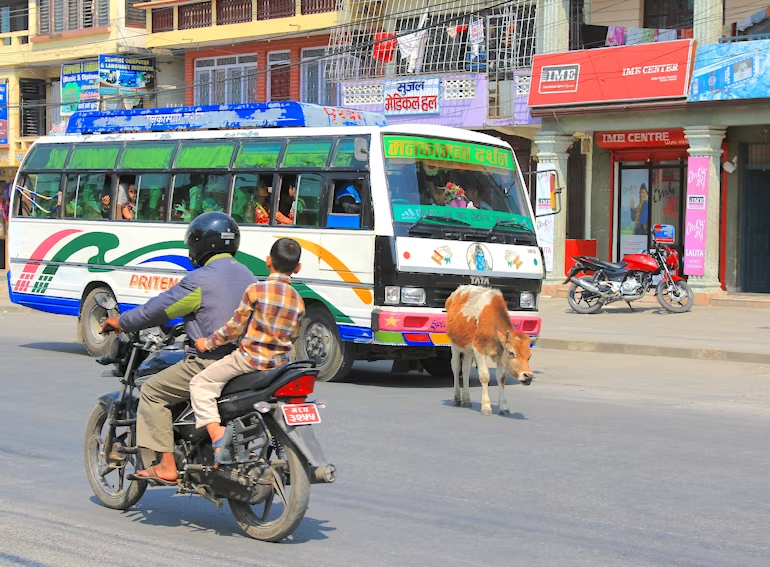
Since cows are holy for Hindus, it is a crime to kill a cow in Nepal. Eating beef is not illegal, however.

Nepali, a derivative of Sanskrit, is the official language of Nepal. The traditional greeting is “namaste,” a word familiar to yoga practitioners the world over.
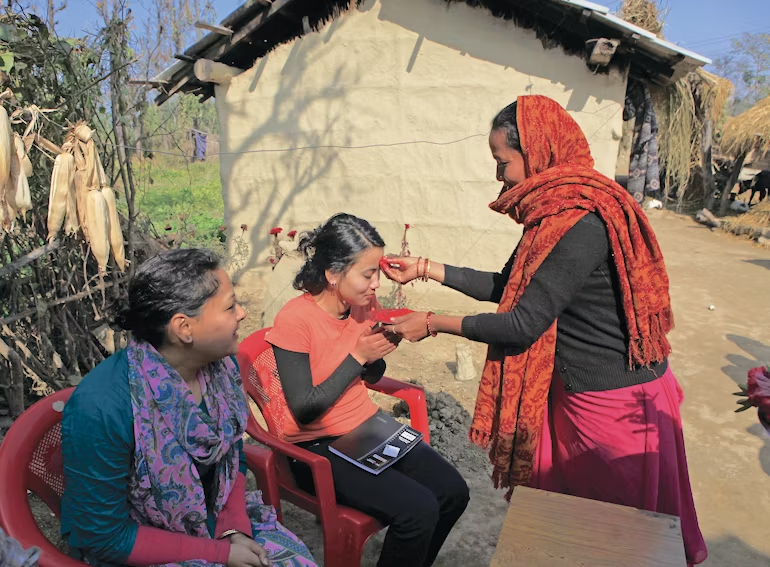
In Nepal, people bestow blessings to guests and loved ones by putting a tika on their forehead. A mixture of vermillion powder, yogurt and rice — or sometimes just the powder and water, a tika gives health and good fortune to the wearer. Tikas are common during festivals like Dashain and Tihar.
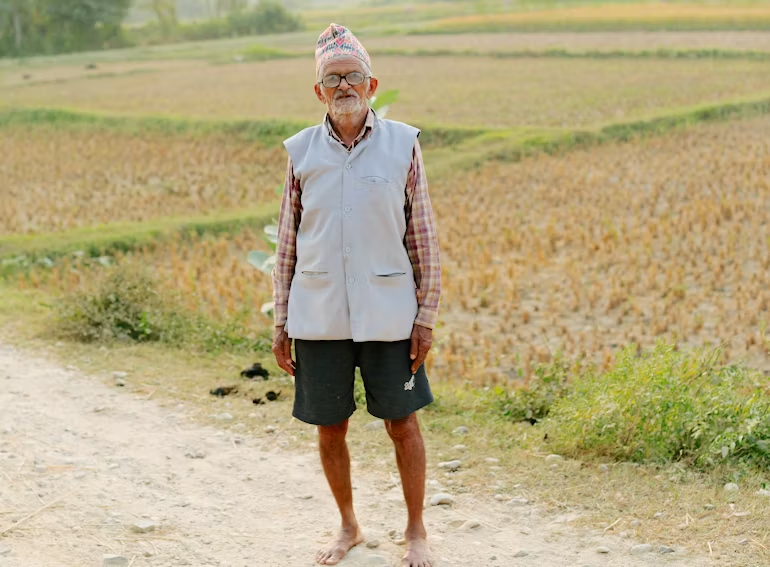
Men in Nepal sometimes wear Dhaki topis, or brimless, fabric hats. A symbol of Nepalese nationality, the hat got its name from fabric that used to be imported from the capital of Bangladesh. They gained popularity in the 1950s, when King Mahendra insisted that men wear a Dhaki topi in photographs for official government documents like passports.
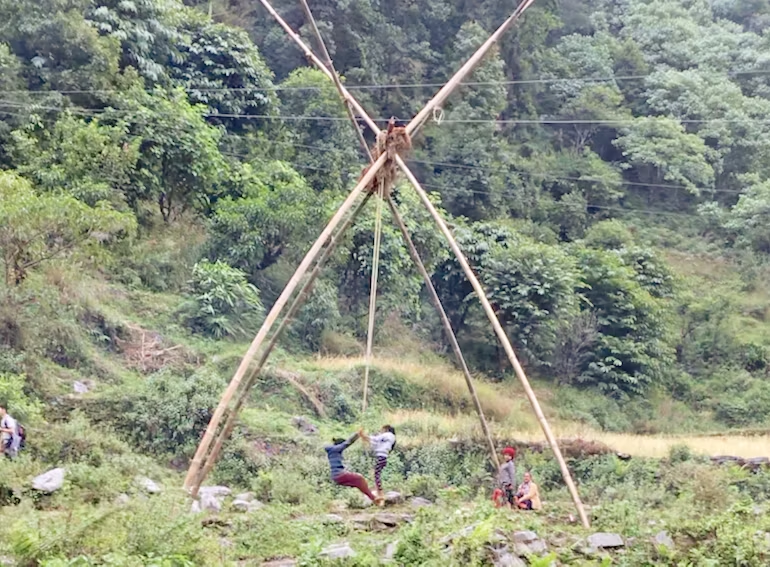
A linge ping is a giant swing constructed from bamboo and rope that is traditionally built during the festival Dashain. Although less common now, they can still be found during the festival in rural areas, where there’s more space to build and enjoy them.
Cart is empty
Success!
Please be patient while we send you to a confirmation page.
We are unable to process your request. Please try again, or view common solutions on our help page. You can also contact our Donor Services team at 855.9HUNGER (855.948.6437).
Covering the transaction fee helps offset processing and administrative fees that we incur through taking payments online. Covering the transaction fee for each payment helps offset processing and administrative fees that we incur through taking payments online. Covering the transaction fee for each payment helps offset processing and administrative fees that we incur through taking payments online.
Success!
Please be patient while we send you to a confirmation page.
We are unable to process your request. Please try again, or view common solutions on our help page. You can also contact our Donor Services team at 855.9HUNGER (855.948.6437).
When you donate a gift to someone, you'll have the option to create a free card after your donation is complete.

A FREE gift will be sent to supporters who choose to give a monthly gift.
Covering the transaction fee helps offset processing and administrative fees that we incur through taking payments online. Covering the transaction fee for each payment helps offset processing and administrative fees that we incur through taking payments online. Covering the transaction fee for each payment helps offset processing and administrative fees that we incur through taking payments online.

A FREE gift will be sent to supporters who choose to give a monthly gift.